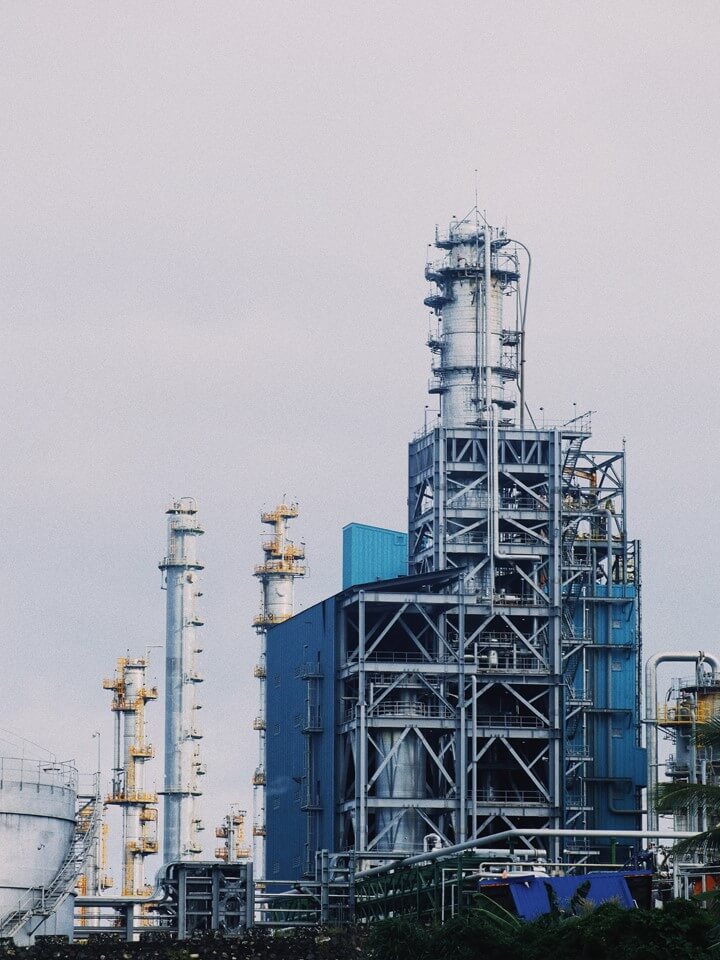About Methanol
Methanol is an essential ingredient to produce hundreds of everyday industrial and consumer items.

About The Project
The Methanol & Blue Ammonia Co-Production Facility (the “Project”) comprises the design, development, financing, construction, ownership, and operation of an integrated Methanol & Blue Ammonia co-production process Facility in Western Australia. Our strategically located production facility will meet our intended customers’ growing needs, providing them with a reliable and secure supply of methanol and blue ammonia from Oceania.
Methanol is an essential chemical building block for countless products that enhance our quality of life. For more than 100 years, methanol has been safely shipped, handled, and used in various worldwide applications.
About Methanol
Methanol is an essential chemical building block for other chemical derivatives that go into hundreds of consumer and industrial products. It includes sustainable and high-tech products such as construction materials, clothing, textiles, wind turbines, solar panels, and plastics that make cars lighter.
The energy sector is methanol’s fastest-growing market.
Video Credit and courtesy from Methanol Institute
Uses of Methanol
ALLIED METHANOL is developing an integrated Methanol and Blue Ammonia production process facility (the “Project”), a world-class project in Western Australia.
Methanol is an essential chemical with many applications and end-uses. These applications and end uses can be segmented into three major categories. The first category, which accounts for more than half of methanol demand, is Methanol as a chemical feedstock. The second category relates to Methanol in fuels and accounts for more than a third of methanol demand. Finally, Methanol is used for many fragmented applications such as solvents, antifreeze, wastewater denitrification, and ethanol denaturing. Each of these categories is described in further detail below.




Methanol is used as a chemical feedstock
Methanol is used to produce many chemicals, with formaldehyde and acetic acid being the most prominent chemical derivatives. These derivatives are further converted into a wide range of products, including fibers, paints, resins, adhesives, insulation, and dyes. Methanol use for these traditional chemical derivatives is growing slowly to moderate. However, another chemical derivative application – cracking Methanol to produce olefins such as ethylene and propylene – is rapidly increasing due to its widespread adoption in China. Economic growth in China has accelerated the demand for plastics that are produced from olefins. However, China lacks traditional olefin feedstocks such as naphtha or natural gas liquids but has plenty of coal. Therefore, relied on the latter to produce Methanol via syngas made through gasification.
Methanol in fuels
Methanol can be used as a fuel for transportation with some modification engines. Several countries are using Methanol as an automotive fuel, including China. Another transportation segment is marine vessels, where Methanol could be a cost-effective and environment-friendly fuel to comply with new international environmental regulations as prescribed by the International Maritime Organizations (IMO) in 2020. In addition, Methanol can be converted to ethers such as methyl tertiary butyl ether (MTBE) and dimethyl ether (DME).
Although the U.S. had mandated and later banned the use of MTBE as a fuel additive, its use as an octane enhancing gasoline additive has continued in several countries. A minor application is DME as a fuel-to-power engine that runs on diesel. Finally, Methanol is also used to produce biodiesel, typically blended with diesel in several regions, including the U.S. and Europe.
Other Applications of Methanol
Methanol can be produced from natural gas, coal, and renewable sources such as municipal waste, biomass, and recycled carbon dioxide. Methanol – CH3OH – is four parts hydrogen, one part oxygen, and one part carbon.
Methanol is predominantly produced from natural gas on an industrial scale by reforming the gas with steam and then converting and distilling the resulting synthesized gas mixture to create pure methanol. The result is a clear, liquid, organic chemical that is water-soluble and readily biodegradable.
Methanol is also used in a number of fragmented applications that individually do not consume large volumes but collectively account for approximately 10% of total demand. These include municipal and private wastewater treatment facilities that use Methanol to facilitate nitrogen removal from effluent streams.
Methanol and its many uses
The following figure shows the many applications of Methanol.

Picture Credit and courtesy from Methanol Institute




